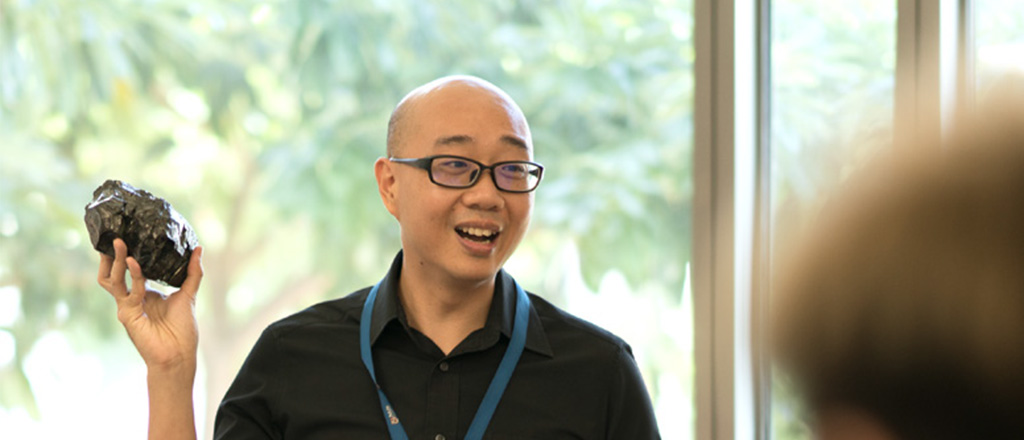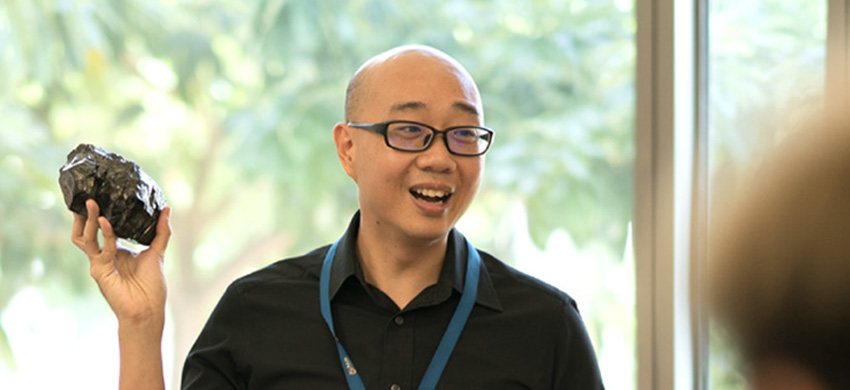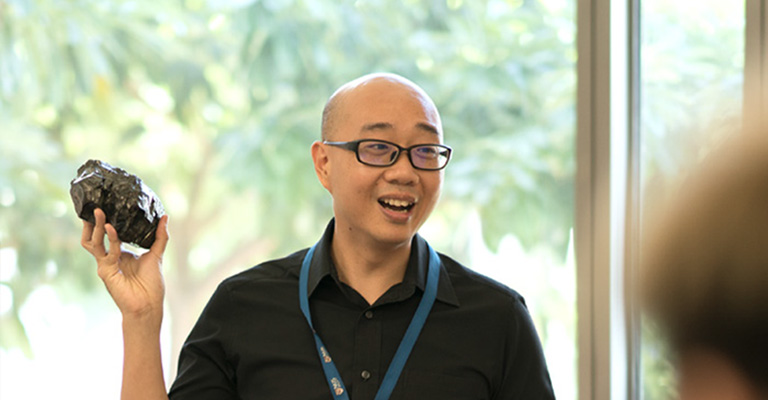The goal of peer observation is to document, learn from, and share ideas about teaching and learning. It is hoped that peer observation will become a routine, productive, and collegial part of life at the college to the equal benefit of observing and observed faculty. This process was developed to help good teachers become even better, more confident teachers. Ours is a reciprocal, collaborative, and developmental peer observation process befitting an innovative ‘community of learning.’

Peer Observation of Teaching Guidelines
A Sourcebook for the International Liberal Arts Context
Recommended Citation: Gleason, Nancy W. and Sanger, Catherine S., “Guidelines for Peer Observation of Teaching: A Sourcebook for International Liberal Arts Learning” Centre for Teaching and Learning, Yale-NUS College, Singapore (September 2017).
Peer observation is beneficial to our culture of teaching excellence in several ways:
- Helps all instructors develop best practice in teaching
- Enables us to collaborate with and learn from colleagues
- Ensure that good teaching is recognized both in the collegiate culture and more specifically in tenure and promotion decisions
To achieve these inter-related ends, Yale-NUS College promotes two similar but distinct types of teaching observation – one formative, and one summative. They are detailed below.
| Formative | Summative | |
| Observer Gains | Learn new strategies, consider new ideas, and contribute to peer’s professional development. | |
| Faculty Member Gains | Greater self-awareness, intentionality, insight into achievement of student learning goals and of generally relevant good practices in education.
Opportunity to demonstrate reflective practice and self-assess improvement in teaching over time. |
Gains from formative observation + Evidence of development as an educator, commitment to teaching excellence, and teaching effectiveness.
Complement to student evaluations. Evidence of reflective practice and improvement which can be referenced in teaching statements. |
| Format | Observer or faculty member can initiate request.
Up to participants – can be very informal or more structured following summative observation protocol. |
Faculty member initiates request for summative observation, consulting with divisional director to select appropriate observer.
Pre-observation conversation à One or more classroom visit à Post-observation conversation à Formal written report shared with faculty member and submitted to file. |
| Timing & Number of Observations | Annually — Every faculty member, including visiting and tenured faculty, should conduct and receive a formative observation every year they are teaching at the College. | Annually – Every faculty member except those who already attained the highest rank in their appointment are recommended to receive summative observation every year they teach at the College.
A faculty member should have at least 1 letter by Third Year Review, and 2 letters by Tenure and Promotion review. |
| Training | Recommended, Not Required | Strongly Recommended – this is important for fairness, to mitigate implicit bias, and promote evaluative consistency across the faculty. |
| What to Observe | 1. Faculty member’s own teaching goals and techniques.
2. Indicators of achievement of faculty member’s teaching goals. 3. Areas for improvement or innovation in achievement of those teaching goals and execution of teaching strategies. 4. Evidence of teaching excellence consistent with indicators of good practice in undergraduate teaching. 5. Areas for improvement to better align with good practice in undergraduate teaching. |
|
| How to Observe | Can be very informal data collection and reflection-in-the-moment.
Encouraged to use more structured data collection tools – see Observation Organizers below. |
Strongly encouraged to use some structured note-taking method to focus and record observation. See below for some suggested Observation Organizers. |
| Reporting & Deliverables | All faculty will be prompted in their annual review to provide the names and dates of observations they have performed and received.
No formal letter or report is required. Individual observers may want to provide some written feedback to the faculty member they observed. Reflective writing by both observer and faculty being observed is recommended, though not required, to consolidate learning from the experience. |
All summative observations should conclude with a letter provided by the observer to the faculty member.
Observer will upload the letter in the annual review portal. |




